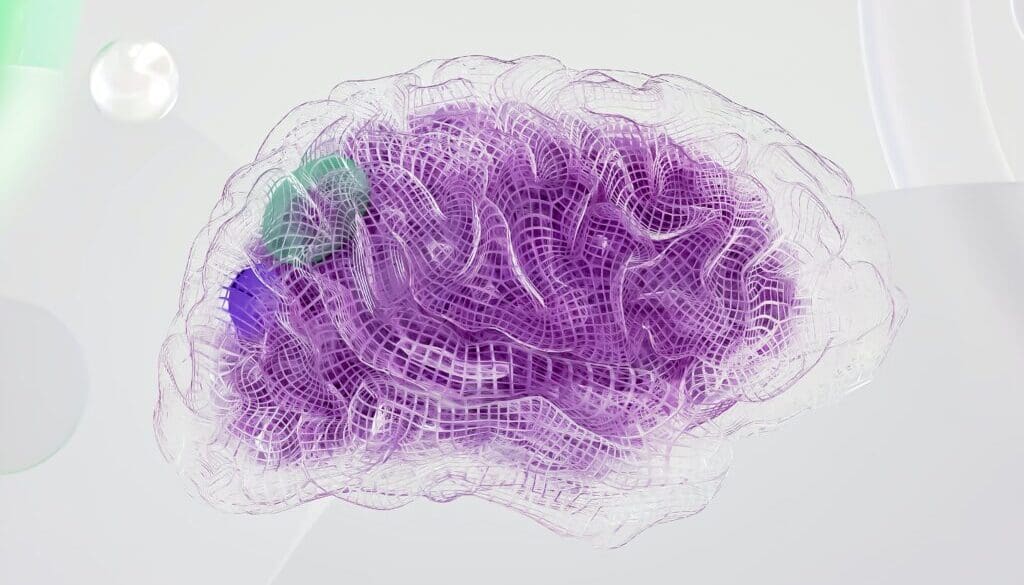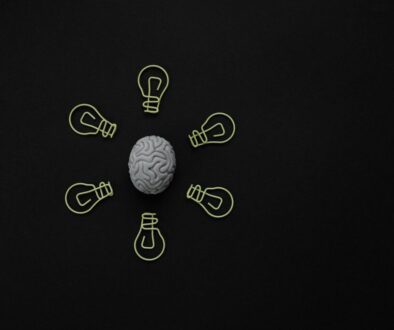How does TMS work?
In the realm of mental health treatments, Transcranial Magnetic Stimulation (TMS) stands out as a groundbreaking therapy offering hope to individuals battling conditions like depression, anxiety, OCD and PTSD. But amidst the growing interest in TMS, one fundamental question persists: How does TMS work? Let’s delve into the intricate mechanisms behind this innovative treatment and explore how it exerts its transformative effects on the brain.
Understanding the Basics of TMS
Transcranial Magnetic Stimulation (TMS) is a non-invasive procedure involving applying magnetic fields to specific brain regions. Unlike traditional treatments such as medication or electroconvulsive therapy (ECT), TMS does not require sedation or anaesthesia, making it a safer and more tolerable option for many patients.
The Mechanisms Behind TMS
At the core of TMS lies the principle of electromagnetic induction. When a coil placed near the scalp generates magnetic pulses, these pulses penetrate the skull and induce small electrical currents within the brain. These currents, in turn, modulate neural activity in targeted brain regions, influencing the firing patterns of neurons.
Targeted Stimulation of Neural Circuits
One of the key advantages of TMS is its ability to selectively stimulate or inhibit neural activity in specific brain regions. By targeting areas implicated in psychiatric disorders, such as the dorsolateral prefrontal cortex (DLPFC) in depression, TMS can effectively modulate dysfunctional neural circuits, leading to symptom improvement.
Neuronal Activation: As the magnetic pulses interact with the neurons in the targeted brain region, they induce small electric currents within the cells. These currents, in turn, lead to the depolarisation of neuronal membranes—a crucial step in the initiation of action potentials, the electrical impulses that enable communication between neurons. By selectively stimulating or inhibiting neural activity in specific brain regions, TMS can modulate the intricate networks that underlie various psychiatric disorders.
Inducing Neuroplasticity and Long-Term Changes
Beyond its immediate effects on neural activity, TMS has been shown to induce neuroplastic changes within the brain. This phenomenon, known as long-term potentiation (LTP) or long-term depression (LTD), involves the strengthening or weakening of synaptic connections between neurons. These neuroplastic changes can persist beyond the duration of the treatment session, contributing to the long-term therapeutic benefits of TMS.
Conclusion
In conclusion, Transcranial Magnetic Stimulation (TMS) represents a remarkable fusion of neuroscience and technology, offering a safe, effective, and non-invasive approach to treating psychiatric disorders. By harnessing the power of magnetic fields to modulate neural activity, TMS holds the potential to transform the landscape of mental health care. As our understanding of its mechanisms continues to evolve, TMS promises to offer new hope to individuals seeking relief from the burden of mental illness.
Check Your Eligibility
Typically, TMS therapy for depression targets specific brain regions associated with the condition, modulating neural activity to alleviate symptoms. While individual responses vary, many depression sufferers experience significant symptom relief and improved overall well-being with this non-invasive treatment.
You can commence your eligibility process by adhering to our three-step treatment method outlined here.




